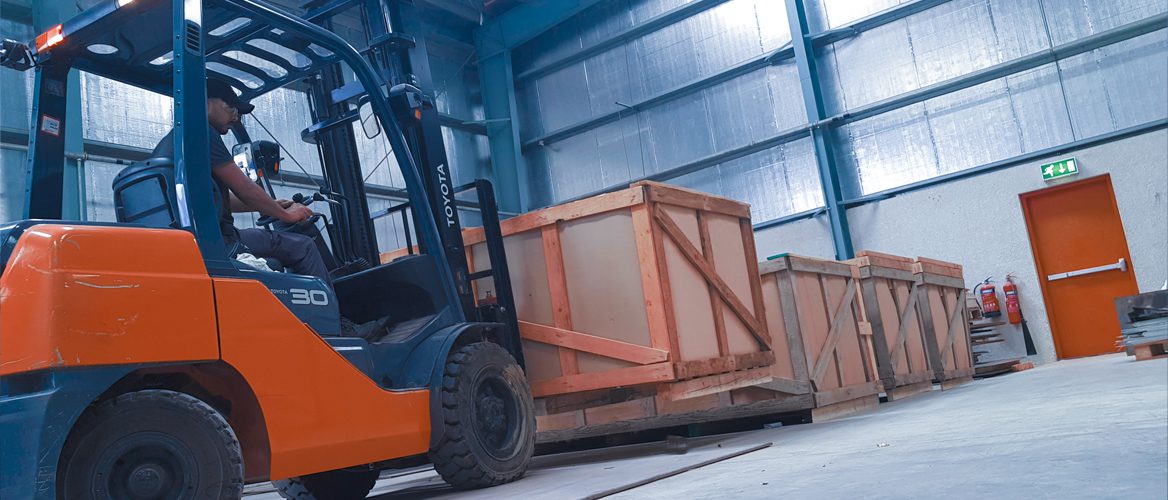
Metal fabrication is a value-added process that involves the cutting, welding, and developing of a product. It is typically an automated or mechanical process that adds value to the material used. The process begins with the bidding stage. Once the bidding process is completed, the actual development of the product begins. See over here to find the right fabrication companies in Dubai for your needs.
Metal fabrication is a value-added process:
Metal fabrication is an industry that relies on economic growth to remain profitable. Although the industry has experienced recessions in recent years, it has recovered and continues to thrive. The industry is diversifying its product mix and has become less dependent on a handful of large projects for its steady sales volume and profitability.
It involves cutting:
A fabrication process involves several stages. It begins with the design phase. This phase determines how the finished product will look and function. After the design is finalized, the process determines what tools are needed and how to complete the project. There are several ways to complete this process, from laser cutting to sheet metal machining.
It involves welding:
Welding is a common metal fabrication process that joins two or more pieces of metal together. It involves the application of high heat to a specific area of a parent metal to create a molten pool that is easy to join. Welders can use pressure to weld metals together, and the process can also use a shielding gas to protect the molten metal from contamination.
It involves binding:
The binding process turns a stack of sheets into a book, magazine, or notepad. There are a few different binding methods, including spiral binding and gluing. Each one has its advantages and disadvantages, but these types are typically used for short-lived products.
It involves riveting:
Riveting is a common form of fastening two pieces of metal together. The installation process depends on the type of rivet, but typically involves drilling or punching a hole. The rivet is then placed into the hole, deforming its tail to prevent it from being removed. There are three primary types of riveted joints: through riveting, fusion welding, and by riveting.
It involves casting:
Casting is a fabrication process that involves pouring molten metal into a mold. The mold can be one-sided or two-sided. A gating system or a runner helps pour the molten material into the mold cavity. The process involves careful calculations to ensure the quality of the cast product.
